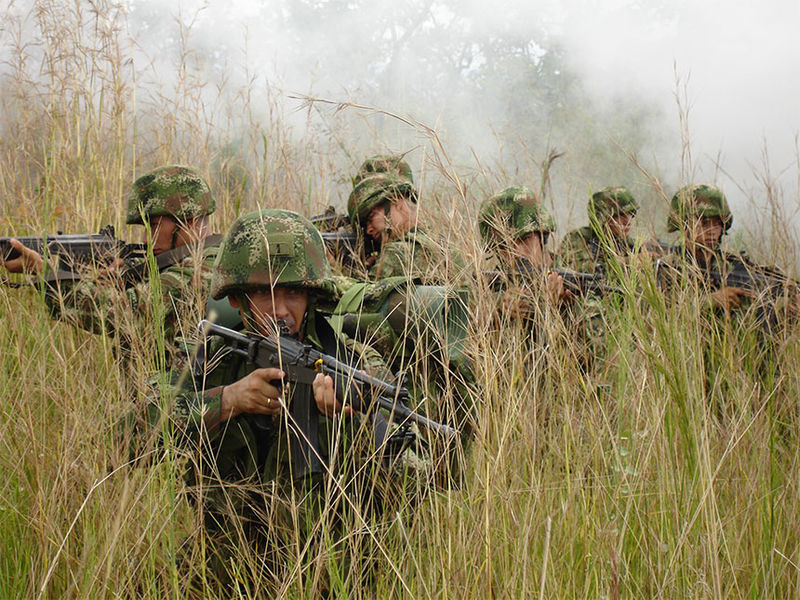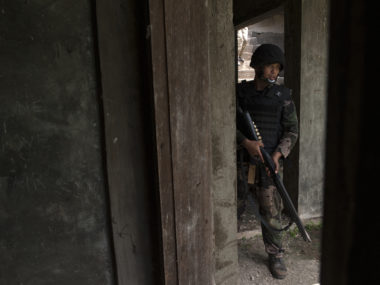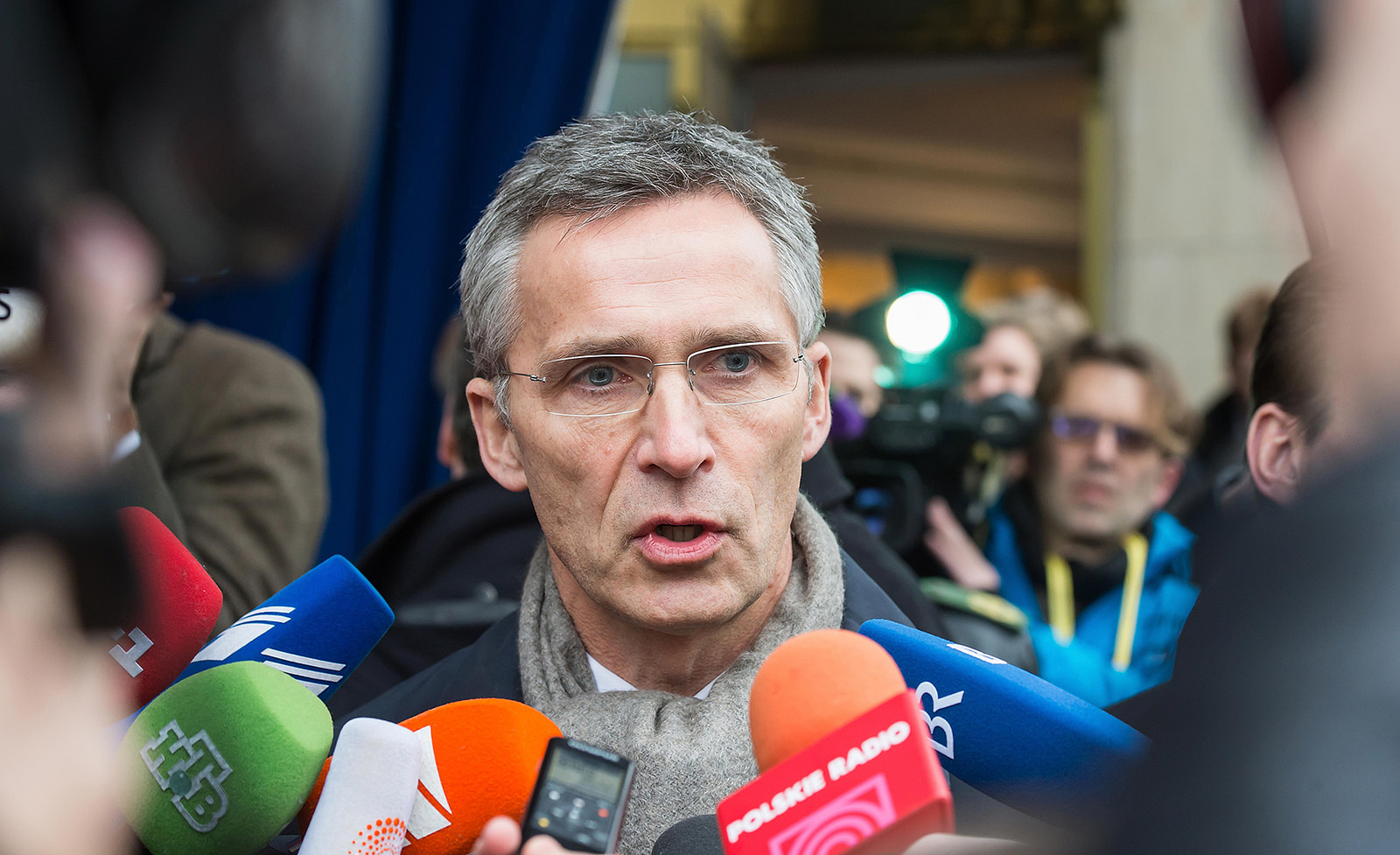By Oliver Kaplan, Emma Dunn, and Natalie Southwick for Denver Dialogues.
On April 27th, Diego Fernando Rodríguez, a peasant farmer leader and activist, was found dead in the department of Cauca, Colombia. Far from an isolated incident, Rodríguez’s death represents a worrying trend of targeted violence. Forty-three social activists have been killed in the first few months of 2017 alone—a period of supposed peace in the wake of the signing of the final and comprehensive agreement with the FARC rebel group. Alongside the estimated 80 deaths of human rights defenders in 2016 (a 22% increase from 2015), there is a clear trend in Colombia of increased targeting of social activists. Although these events may appear to only threaten activists, they also have implications for confidence in the peace process with the FARC. Colombia spent four years negotiating the agreement – it would be a shame to let it slip away because of insecurity.
So, what is happening? Social activists—a broad term for victims and others advocating for a variety of political rights as well as legal title to land—are being targeted in part because of power vacuums left in areas vacated by the demobilizing FARC and partly for political power and control of land. While some remaining rebel groups are behind these threats, the culprits are primarily right-wing neo-paramilitary criminal groups, known as Criminal Bands or BACRIM in Spanish. The groups include the Black Eagles (Aguilas Negras), the Weeds (Rastrojos), and the largest group, the Urabeños (also known as Clan Úsuga and Clan del Golfo; the Colombian government and the US have a bounty for the leader of the latter group).
The groups are not mere criminals that traffic drugs and pursue illegal mining. With the exit of the FARC, the BACRIM are now the largest armed actor in Colombia, numbering perhaps as many as 3,000 members and are active in approximately 27 of the country’s 32 departments. They align with politicians to influence political support and vote shares, terrorize civilians with panfletos – or threat letters (night letters, as they are referred to in Afghanistan) – and have been declared military objectives to be targeted with airstrikes (though they are not accorded formal political status and were not included in the peace talks). In a recent field visit in March, one of the authors interviewed social leaders inside an ongoing conflict zone contested by BACRIMs, and they were understandably frightened by the news of assassinations from around the country.
On the positive side, the negotiators of the peace agreement had foresight to address this potential problem. We carefully analyzed the peace agreement for its language on the protection of demobilizing combatants and communities. We found that detailed protection terms are embedded in the text, comprising 40 of the agreement’s hefty 310 pages. The terms go beyond previous peace agreements in Colombia and other countries and establish a new “Integral Security System.” To guarantee the demobilization process, the agreement also provides for the establishment of security rings around the demobilization zones (ZVTNs) and security in transit to those zones, a process that is currently ongoing.
The text related to the “Integral Security System” contains a host of other specific guarantees and protections. Most notably, it guarantees the right to future political activity as the FARC transitions from an armed movement to a political movement. This provision is operationalized through mechanisms such as defining which categories of individuals will require protection; coordination of security with the new FARC political movement and involving state actors from different levels of government; an early warning system (prevention); increasing investigatory and judicial capacity as well as judicial penalties for politically-motivated violent crimes (deterrence); special attention to the security of women; a crime monitoring and reporting system; operations against criminal bands (BACRIM) to prevent security vacuums from forming; and state-provided protection for individuals under threat.
The “catch” to all the protection measures is in their implementation. With the relative short demobilization period of 180 days that began immediately after the signing of the agreement, not all preparations were completed on schedule (perhaps surprisingly, given the lengthy duration of the talks). For instance, some of the ZVTN demobilization zones and camps were not ready by the time the FARC arrived. And while some social leaders have been provided protection by the state National Protection Unit, killings have continued, some of which have sparked large protests.
Returning to the integrity of the peace agreement, the killing of social leaders with impunity is a dangerous signal. It undermines the accord by exacerbating the security dilemma that demobilizing combatants face, where they are fearful of putting down their arms for good and leaving themselves vulnerable. The risks are apparent, as days ago two FARC militia members were reportedly killed in separate incidents by other rebel groups, and even family members of demobilizing FARC are reportedly being targeted. These recent attacks revive vivid memories of the targeting of political activists of the FARC-associated political party, the Patriotic Union, in the 1980s and 1990s. These killings factored in the FARC decision to retain the armed element of its “all forms of struggle” strategy. With the present conditions, it would not be surprising if some guerrillas abandon the peace solely out of fear for their safety and that of their families. What is more, there are already reports of BACRIM trying to buy off members of the FARC to join them, since they are seen as valuable assets given their training and combat skills.
It may sound redundant, but officials must prioritize the protection of individuals to protect broader peace. The Colombian government, UN monitors, international guarantor countries, and other supporters must move quickly to implement all the protection terms of the peace agreement. They must mobilize to protect not only demobilizing combatants but also other vulnerable members of society, not least because demobilizing combatants may one day become “social activists.” The public forces, with its supposed increased manpower from no longer having to deploy to combat the FARC, must move even faster to fill the security vacuums and neutralize the BACRIM. At the local level, security issues are also being discussed by municipal “transitional justice” committees, and these local officials and military units must also be encouraged to counter threats. Finally, as observers and scholars, we must continue to monitor the issue of citizen security, push for effective implementation of the agreement, and contribute our analytical expertise.
The protection of social activists and community leaders (as well as members of the press and political opposition) reaches beyond Colombia and recognized war zones. Environmental activist Berta Cáceres of Honduras was assassinated in a tragic and prominent case in 2016. Recent reports indicate that 261 social activists have been targeted in Mexico since 2012, the 43 student activists of Ayotzinapa among them. Venezuela is also sliding toward violence, with militias attacking protestors and activists. The targeting of social activists signals that nonviolent forms of advocacy can entail unacceptable risks. Should these attacks effectively silence activists, they could leave violence as the only form of voice. Colombia and other countries must ensure the protection of individuals because it is both a moral imperative and in the interest of achieving broader political goals, such as enduring peace.
Emma Dunn and Natalie Southwick are MA candidates at the Josef Korbel School of International Studies and members of the school’s Colombia Working Group. Both have lived in Colombia.







2 comments
Thank you for the detailed account abou the situation in Columbia.
Besides the obvious “need” for security, I find it even more important to look at “how” protection can be provided. While the state is responsible, a lot needs and can be done by civil society too. It would be interesting to know what views or even strategies for example Peace Brigades International with their long presence in the region is developing to cope with the post war situation there.
Also it might be interesting to take a look at the Philippinian experience, as their cease fire agreement included not only a monitoring mission of armed groups, but a parallel civil society based mission to monitor civilian violence. Nonviolent Peaceforce was (is?) actively involved there.
And last but not least, I wonder how the Columbian civil society analyzes the situation and prepares to protect their activists themselves. International Civil Society should be ready to react to local calls for help, as well as actively aiding their local counterparts to develop local security strategies to widen the space for civil society (to protect the peace).
Thanks for your comment and great suggestions. We’ll be looking into some of these issues in future research.